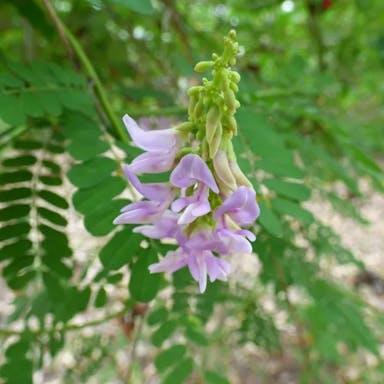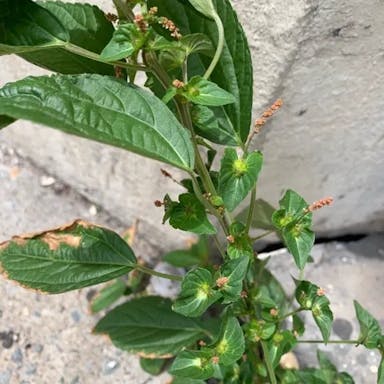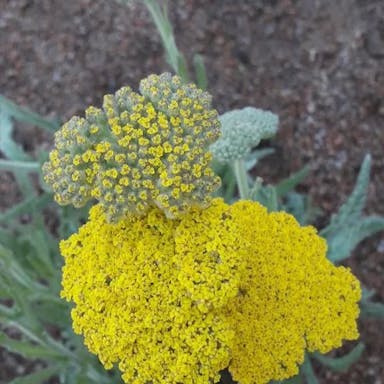Macrozamia miquelii, commonly known as Wild pineapple, is a plant species belonging to the family Zamiaceae. It is a cycad native to Australia, specifically found in the states of Queensland and New South Wales. The leaves are pinnate, meaning they are divided into leaflets that are arranged along a central axis. The flowers of Macrozamia miquelii are inconspicuous. The male flowers are cone-like structures that release pollen, while the female flowers produce seeds. The fruit of Macrozamia miquelii is a cone-like structure that contains the seeds. The cones are typically green when immature and turn brown as they mature. Macrozamia miquelii is a slow-growing plant and requires well-drained soil and a sunny location to thrive. However, it is important to note that all parts of the plant are toxic if ingested, so caution should be exercised when handling or planting it. In conclusion, Macrozamia miquelii, also known as Wild pineapple, is a cycad native to Australia. It requires well-drained soil and a sunny location to thrive.
0
0






